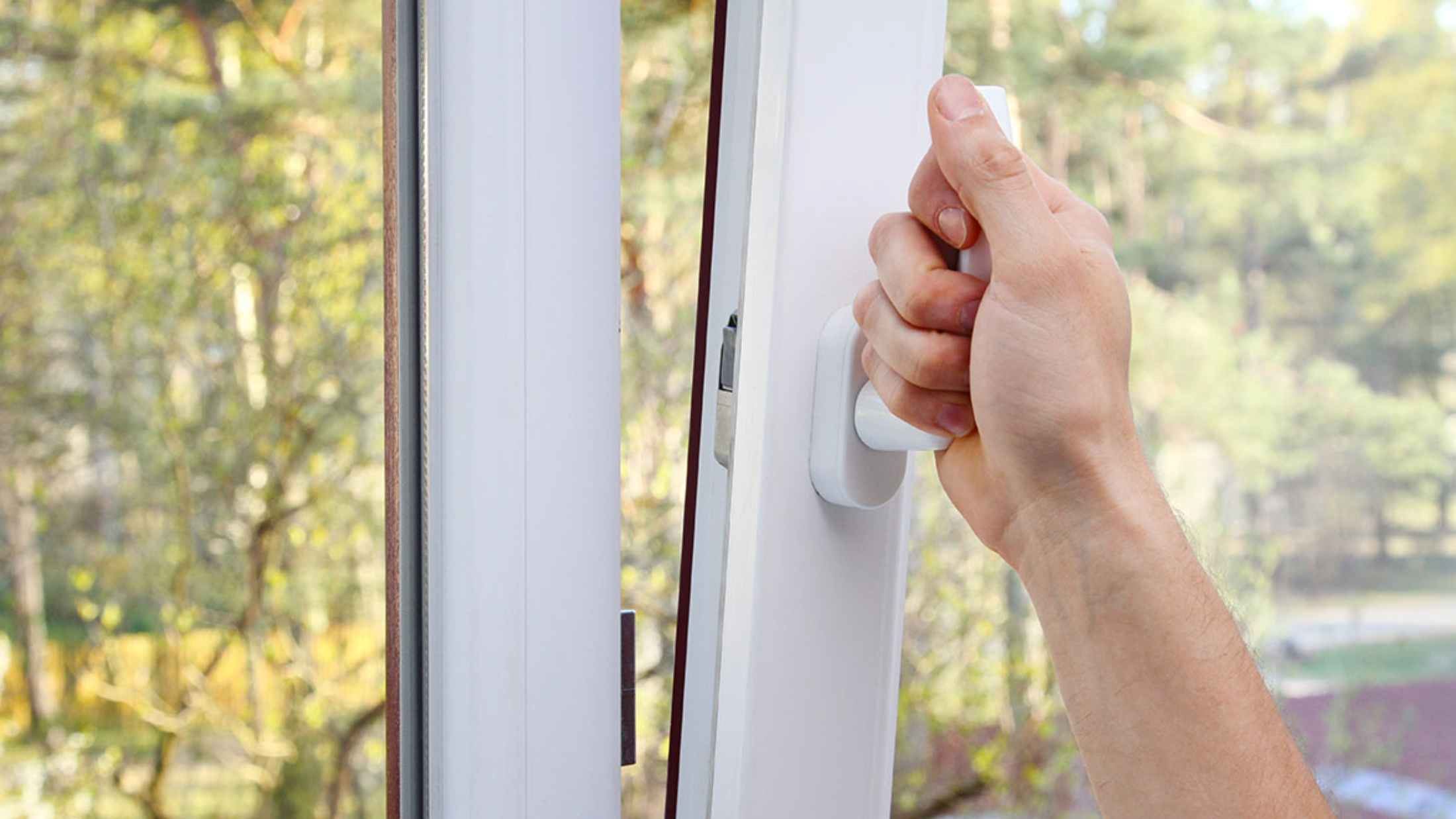Humidity could be the silent destroyer of your home, softening its frame and making it unpleasant with time. From mold to warped wood floors, too much moisture can be catastrophic if not managed. Whether it is summer humidity or rainy seasons, controlling moisture levels in your home is necessary to maintain both the structural soundness and the well-being of its occupants. This post will talk about several climate control solutions that are designed to protect your home from humidity, giving you a secure and comfortable living environment.
1. Purchase a Dehumidifier
One of the simplest and most effective ways of controlling humidity is to purchase a dehumidifier. A dehumidifier works by pulling moisture out of the air, maintaining the indoor climate in balance. A dehumidifier is particularly beneficial in locations that are most likely to be affected by excess humidity, i.e., bathrooms or basements. By regulating the humidity level to its optimum, these units avoid mold infestation, mildew odors, and moisture damage to appliances or furniture. Most contemporary dehumidifiers have adjustable modes, which makes them adaptable for various rooms of the house.

2. Use Air Conditioning Systems for Humidity Control
An air conditioning system does not just chill your home; it can also help regulate humidity. Air conditioners work by refrigerating the air, and as a result, moisture is stripped away. If you live in a humid area, investing in air conditioning in Ottawa can be a great idea to keep you comfortable during the warmer summer season. By keeping your indoor air cold and dry, such systems will not allow excess moisture to accumulate and lead to mold and mildew. Regular servicing of your air conditioning system ensures its optimal operation in controlling humidity.
3. Seal Cracks and Improve Insulation
Leaks and poor insulation in the walls or windows may allow humid air into your home. Sealing holes, gaps, and cracks is also a significant way of controlling indoor humidity. Focus on such areas as windows, doors, and basements where moisture is likely to penetrate. Adding weatherstripping or caulking to prevent drafts and using spray foam insulation can be effective in restricting the entry of humid air into your living space. Also, the step helps improve energy efficiency by preventing heat loss in winter.
4. Ventilate Properly
Elements of proper ventilation are essential in maintaining humidity. Without sufficient airflow, moisture condenses and becomes trapped inside your house. Ensure that your kitchen, bathrooms, and laundry rooms have exhaust fans to vent the moisture. Attic ventilation also helps to keep warm, humid air from building up in the upper area of your house. Attic fans or roof vents can promote healthy airflow and avoid excessive humidity accumulation. Another method to circulate fresh air throughout your house, keeping natural humidity balance, is to open windows on light days on a regular basis.

5. Service Plumbing Systems on a Regular Basis
Leaky pipes or damaged seals are some of the plumbing problems that can lead to too much moisture in the house. Plumbing system maintenance is important to ensure that leaks are identified early enough before they cause larger humidity issues. Make sure all the pipes are well-insulated, particularly in rooms like the basement and attic, where temperatures change and condensation is likely to happen. If you find any signs of leakage or water damage, it’s essential to address them promptly in order not to develop long-term humidity issues. An efficiently serviced plumbing system can reduce the moisture that gets into your home significantly.
6. Monitor Humidity Levels with Smart Devices
Humidity monitoring allows homeowners to act in advance of moisture problems turning into severe issues. Indoor humidity is quantified in real-time by hygrometers, or humidity sensors, making it easy to adjust dehumidifier settings, air conditioning, or ventilation systems. Smart thermostats now more commonly incorporate humidity control features so homeowners can program automatic adjustments and alerts when levels reach dangerous levels. These small expenditures are worth it by preventing massive humidity-related damage.
Conclusion
Control over humidity is an essential aspect of a home that is healthy and cozy. Whether with air conditioning, dehumidifiers, or plugging up the cracks, you have a myriad of ways to protect your house from the corrosive effects of excess moisture. With these controls on the weather, you are able to make your home safe and comfortable without compromising your house’s integrity and your family’s health. Regular upkeep and preventive measures will keep humidity from taking over your house, and you will be able to experience dry, comfortable, and safe indoor conditions throughout the year.






